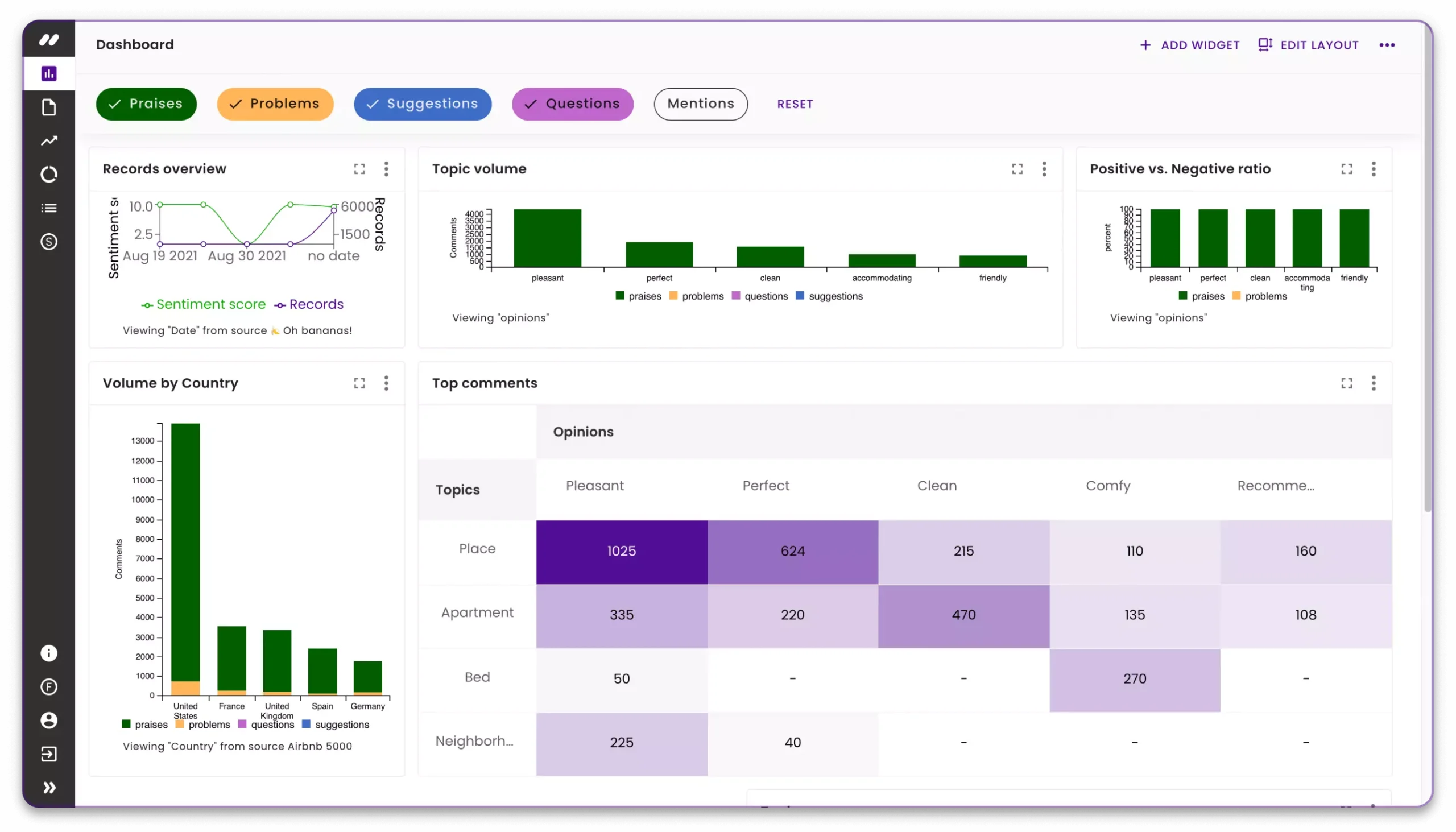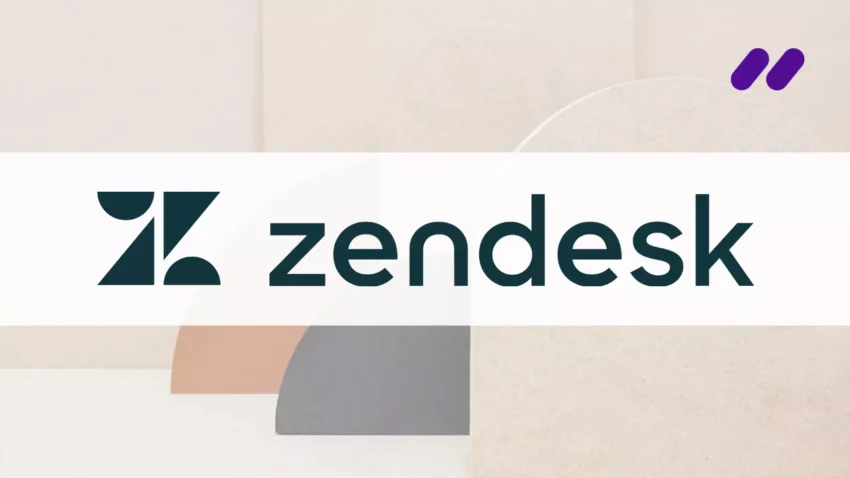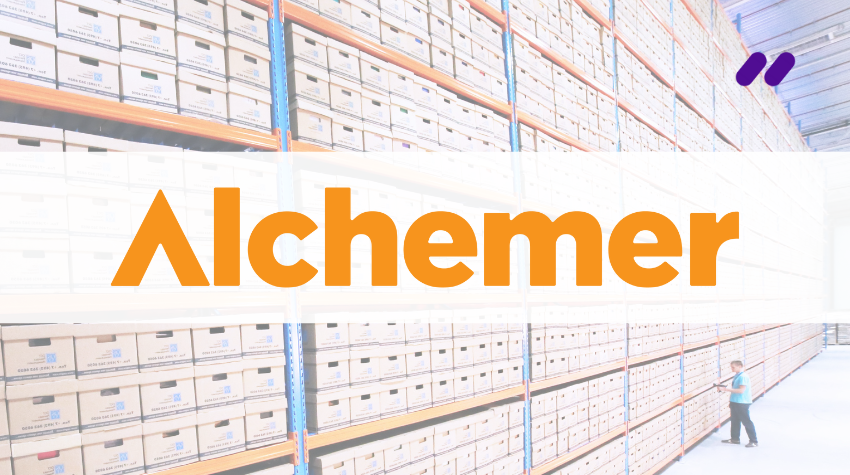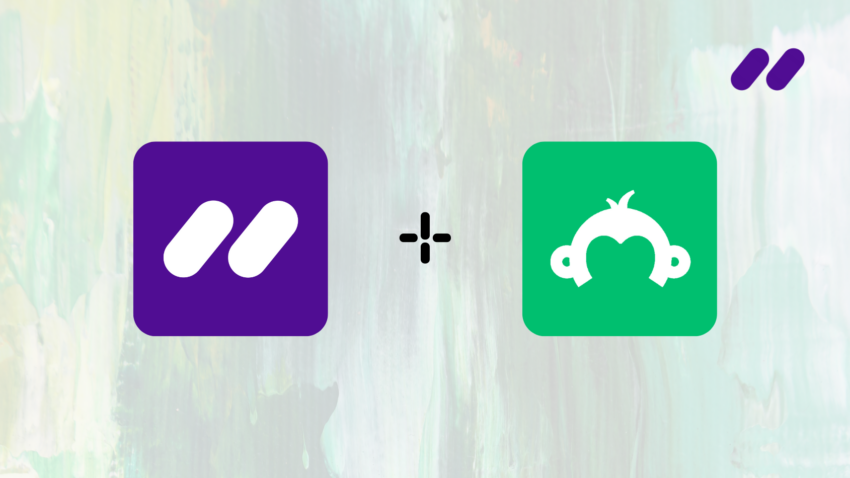Data is on every organization’s mind today: where to collect it, how to analyze it, how to act on it. As the COVID-19 pandemic accelerated the digital shift more than anyone could have predicted, the amount of customer data available to brands has grown exponentially. Now, data-rich organizations who use a CRM ecosystem like Zendesk are looking for ways to find the most meaningful insights within all the data at their fingertips. The solution has been named a technological game changer: integrated Artificial intelligence (AI) analytics.
Zendesk’s goal is to improve brands’ relationships with customers by connecting customer information through multiple different data sources, such as help desk tickets, customer service chats, email correspondence, surveys and customers’ online reviews. Seen through the eyes of Keatext’s AI, all that text-based data is a goldmine for accurately understanding consumers and how they relate to brands, from initial interest to long-term loyalty. Why? Using advanced AI-powered text analytics technology, Keatext specializes in cutting through the “noise” to discover meaningful, actionable insights within conversational data – quickly and easily.
How to Use Keatext for Complete Zendesk Analysis
As the Harvard Business Review recently observed, becoming a true data-driven company requires more than a plethora of data, it demands a cultural shift that incorporates data into decision-making processes. Even though many companies are rich in customer data, a majority still struggle to get data initiatives off the ground. What every organization needs from its data is actionable intelligence that is built into organizational processes.
Keatext’s direct integration into Zendesk enhances CRM processes and is a way to close the customer feedback loop, quickly moving a company from data collection to analysis to action on insights about customer-brand relationships.
Just as Zendesk is used across industries and business sectors, so is Keatext. A plug-and-play platform that doesn’t require specialized setup or user training yet can be optimized for each client, Keatext integrates directly with Zendesk to automate conversational text analysis and deliver immediate and actionable insights on what customers are really saying about a brand. Keatext’s insights can be directly applied to operational procedures, customer experience (CX) strategy, customer service design, product development and business intelligence.
1. Integrate
Keatext’s direct integration into Zendesk enhances CRM processes and is a way to close the customer feedback loop, quickly moving a company from data collection to analysis to action on insights about customer-brand relationships. Through AI analysis of qualitative data, typically text-based conversations that feature customers’ own wording and authentic sentiment, Keatext digs into what customers are really saying today and over time, giving companies insight into not only customer problems and praises of a brand, but the wider effects of those sentiments on customer-brand relationships.
2. Import
Whether a CX strategist wants to analyze online reviews of a product line or an operations director needs to classify thousands of tickets on a specific channel, they can easily import Zendesk data to Keatext – without having to export or share any data – and start analysis in only a few steps. Within minutes, Keatext analyzes that data, combing through conversations, support tickets, call transcripts and customer feedback to provide a 360º view of customers’ needs and behaviours.
Keatext is able to compare all customer service tickets or product reviews in all languages and across all channels. As an example, an operations manager could choose to run a daily data analysis of a brand’s chatbot channel or a CX consultant could run a weekly analysis of reviews of a certain product.
With insights into their customer service, organizations can transition from operating reactively with customer problems to operating proactively with their customers.
3. Analyze
Translated into a Keatext dashboard, the data analysis is understood according to KPIs such as sentiment score or top customer requests: customer sentiments that are expressed conversationally in that data are classified into praises, problems, expectations and requests. Each dashboard of analyzed data provides insights into everything from customers’ responses to service agents to customers’ purchasing decisions and their customer journey experience.
With insights into their customer service, organizations can transition from operating reactively with customer problems to operating proactively with their customers. When a company knows exactly what its customers have been saying and can track that over time in relation to certain customer service procedures, it can decide to send proactive communications to customers, retrain customer service agents and generally be at the forefront of known issues before they result in problems, optimizing both costs and time to resolution.

AI analysis can improve customer experience in the same way, letting CX experts look at past and present data to prioritize areas to adjust immediately and in the near future. That insight can be lent to marketing campaigns, rebranding projects, retail channel optimization and every touchpoint in the customer journey.
No matter what customer-facing problems an organization is looking to solve, AI data analysis lets all decision-makers dive deep into readily available data and add new insights to the decision-making process.
(Check us out on the Zendesk app marketplace!)


